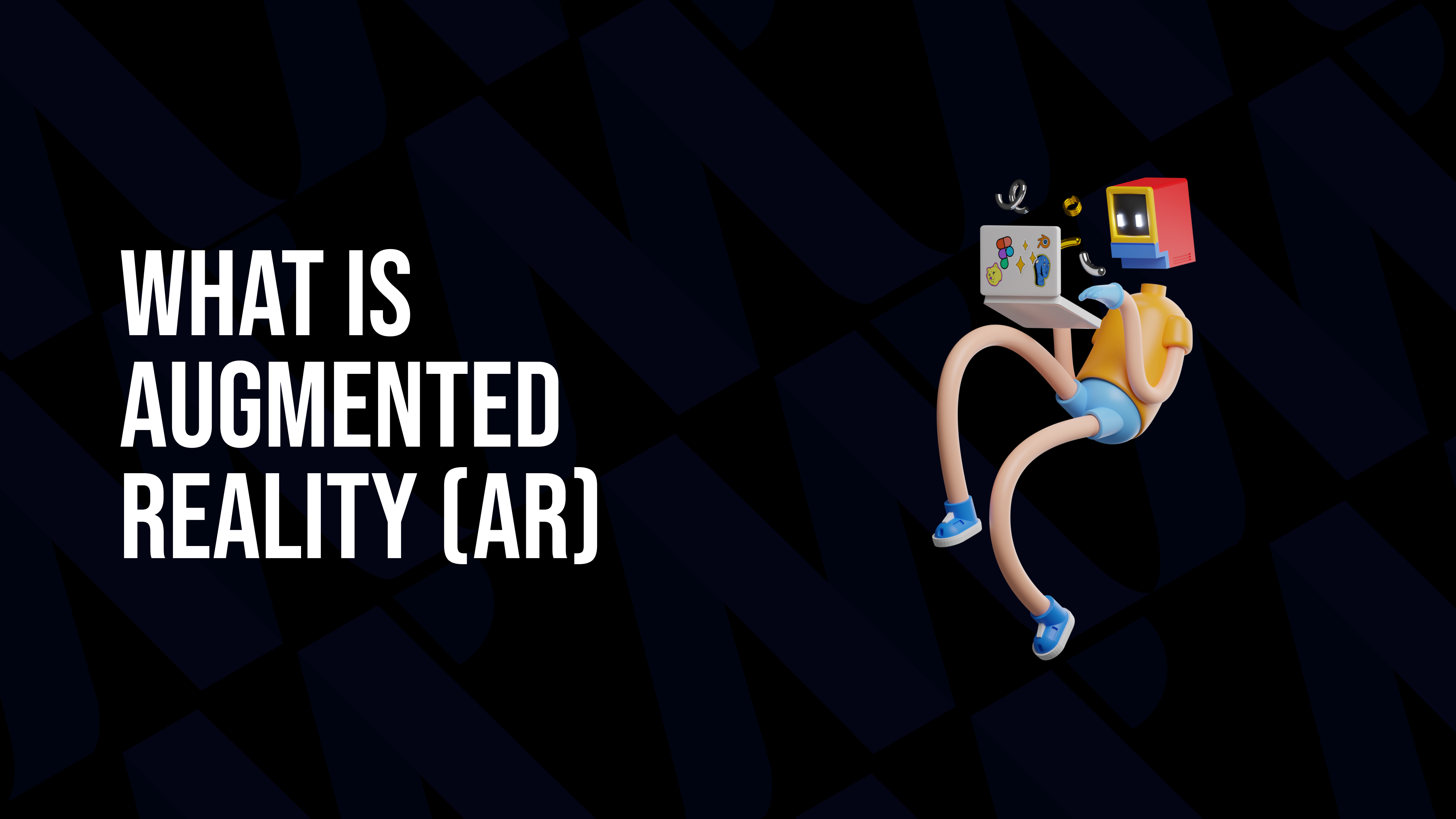AR (Augmented Reality) is an interactive experience of a real-world environment with computer-generated information. It incorporates three basic features: a combination of real and virtual worlds, real-time interaction, and accurate 3D registration of virtual and real objects. It is a growing marketing technique among companies involved in mobile computing and business applications.
Augment is derived from the Latin word ‘augere’ which means to increase, expand or exaggerate. In this sense, when we use ‘augment’ with the word ‘reality’, it means to enhance or add to our real world with computer-generated information and graphics. Sounds, images, and texts are superimposed on our real-world in an interactive way.
AR is the middle ground between the real-world environment and virtual reality. Therefore, it is sometimes also called ‘mixed reality’ through which digital information is overlaid into the real world.
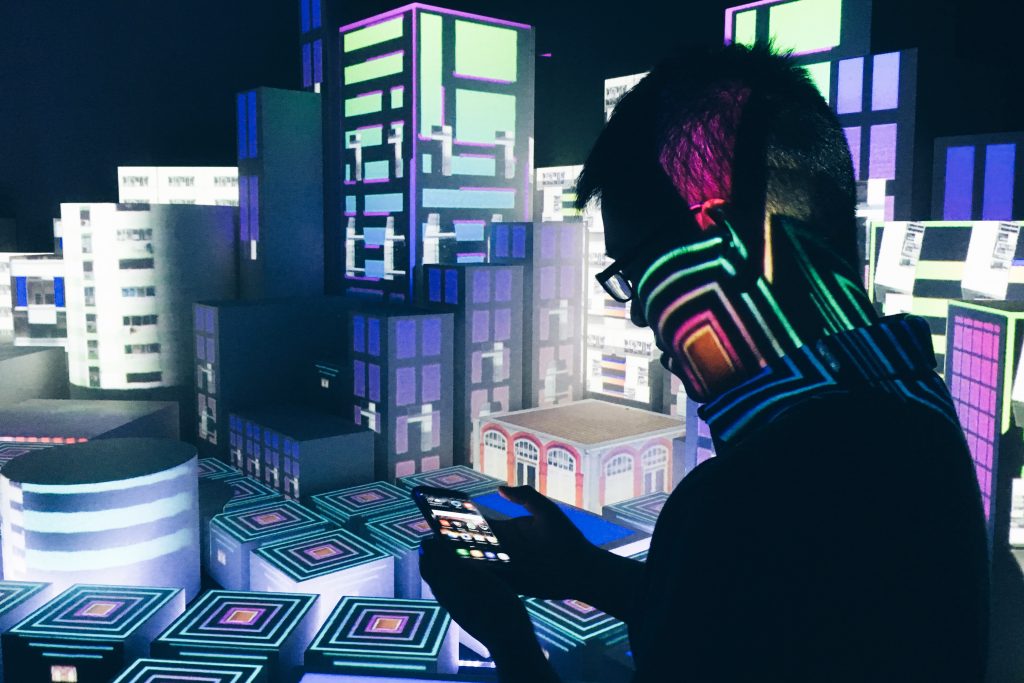
AR vs VR:
VR (Virtual Reality) is a computer-generated simulation or replacement of one’s environment. For instance, you put on a VR headset, it blocks out your worldview and substitutes its own digitized world. This world is designed to fool your senses, by taking you someplace entirely different. Through sounds, visual stimuli, and other sensory aspects, it completely replaces the user’s real-world environment with a simulated one.
AR alters our perception of our reality with digital visual elements, sound, or other sensory stimuli delivered via technology. It isn’t meant to cut out your real world but rather to give you an enhancement of the real world.
AR in our world
AR is a kind of futuristic technology, but it has been around for quite a little while.
Heads Up Display:
One of the earliest implements of AR technology is in the Heads Up Display (HUD). t6yikipedia describes HUD as a ‘transparent display that presents data without requiring users to look away from their usual viewpoints.’ We can see these in the military and commercial aircraft and automobiles. Some of the earliest uses include HUDs in fighter jets around World War II. They showed important information to the pilots by projecting them onto the screen in front of them. Later they would evolve to show information about the altitude, direction, and speed of the plane and finally point out targets in the field of view.
You might have needed jets to experience augmented reality back in the days, but today, all of us have at one point used them.
Snapchat:
Snapchat is known for its silly and cute filters with which you can take pictures and chat with your friends. Snapchat uses AR in these filters.
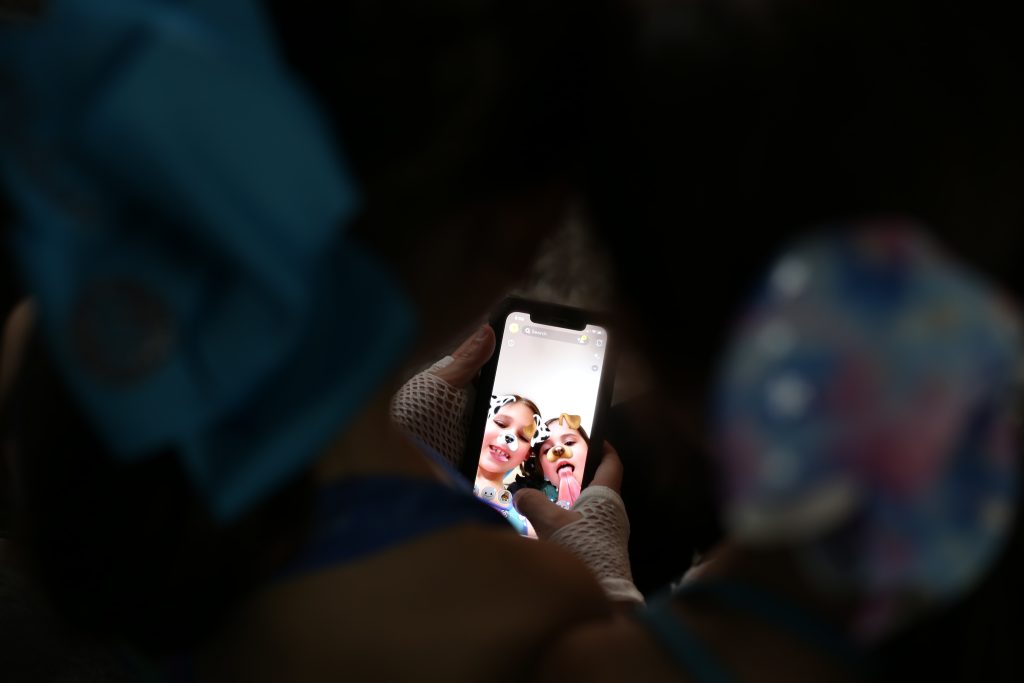
How it works is, when you open the app, the camera detects a target image (in this case, you) with facial recognition. And it can determine how close or far and at what angle the target is from the screen using sensors. It then projects digital information onto that target image, like bunny ears or makeup. This is augmented reality at its core and primitive layer.
Pokemon Go:
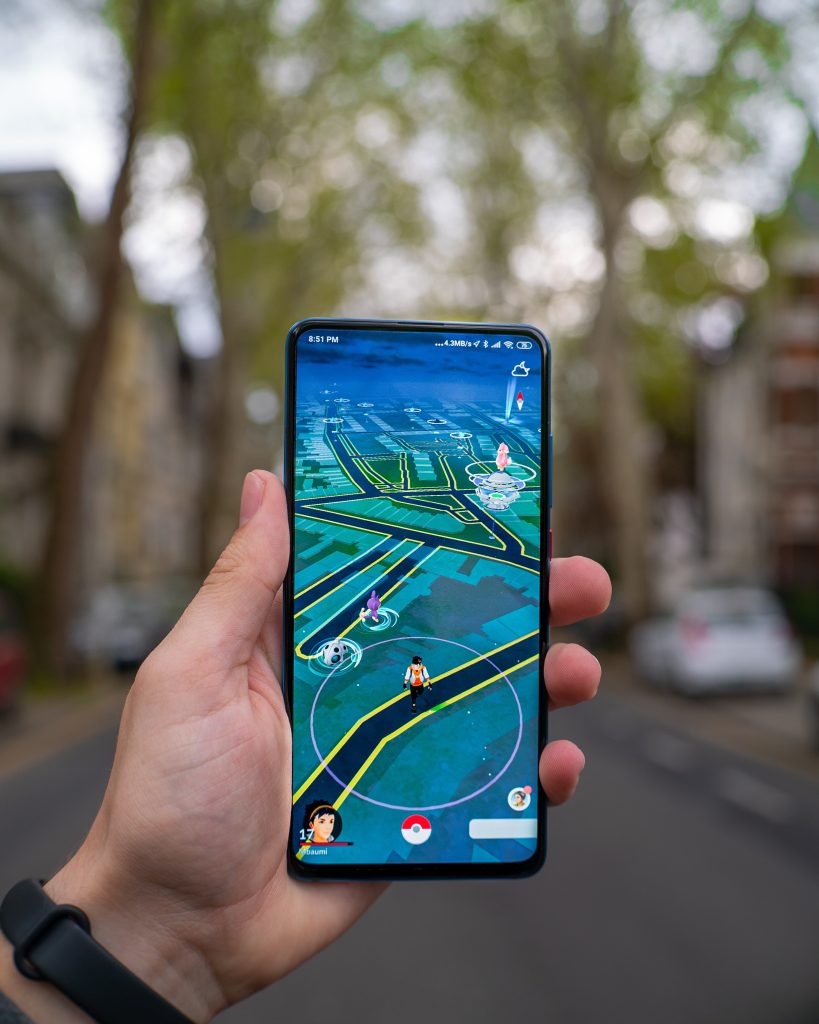
Remember back in 2016, when everyone was going feral about this game. Pokemon would appear anchored to our real-world environment and we could walk towards it and take pictures and whatever. Before starting, players had to scan their environment with their devices. You had to slowly move your camera across your surroundings. What happens is, the game creates an image of your environment; tracking all even and uneven surfaces. The game would then project tall grasses on your screen and you could start playing.
Gone are the days of Pokemon Go, but AR is here to stay. These are some applications that use augmented reality in our world currently.
- Virtual Presence
You can be in more than one place at a time with the help of AR. This is helpful when experts in a certain field are across the world and have to assist their trainees or oversee a problem. They can provide expert assistance remotely from anywhere and anytime.
- Designing and modeling
AR has incredible potential in the designing and modelling industry. From interior design to architecture and construction, AR can help experts visualize their final products even during the creative process. With headsets, they can enter the buildings they are working on, for example, and see how their designs would look. They can even make virtual changes on the spot. Urban planners can lay out the plan for an entire city using AR and make changes remotely.
The Snapshop Showroom app allows you to visualize what a piece of furniture will look like in your environment.
- Customer Service
Adding to the virtual assistance application of AR, it can also be used in remote customer service. Instead of long calls from the customer explaining a problem with a product or damage, they can use AR to actually see the problem. They don’t have to visit each other and can remotely discuss potential fixes. The Snapshop Showroom app allows you to visualize what a piece of furniture will look like in your environment.
- Medical training
Experience is the best teacher. So, why not let students perform complex surgeries and operations in a simulated environment? It poses fewer risks for everyone involved while giving the same, even better outcome. Students can learn to operate complex MRI equipment or enter a human body in the 3D form to learn better. This boosts productivity and effectiveness in medical training.
- Repair and Maintenance
One of the biggest industrial applications of AR can be in repair and maintenance after design and modelling. For any equipment or vehicles repair and maintenance, one can wear headsets or glasses which display important information about parts on the spot. They can also provide suggestions on repairing and maintenance. As IoT technology grows, this application will only improve and can feed more information to AR gadgets.
- Education
Students learn better in an interactive and visual way. We can add AR to the already existing technology in the classroom for a richer learning environment. Students can, for instance, visit any place on the Earth remotely or even study astronomy. They can see 3D images of human body parts as well as atoms and their composition. Teachers and students can both benefit from this boost of productivity and effectiveness.
- Entertainment
AR can especially soar in the entertainment industry by providing fans with an interactive environment of their favourite movies and shows. Harry Potter Wizards Unite is a location-based augmented reality game where the fans of the franchise are able to visit real-world locations while casting spells, discovering mysterious artefacts, and iconic characters and beasts from the HP universe. The Walking Dead: Our World is an AR game that gives players a map of their real-world populated with enemies and zombies. These games drop the layer of fiction between the fans and the shows/movies and encourage more interaction.
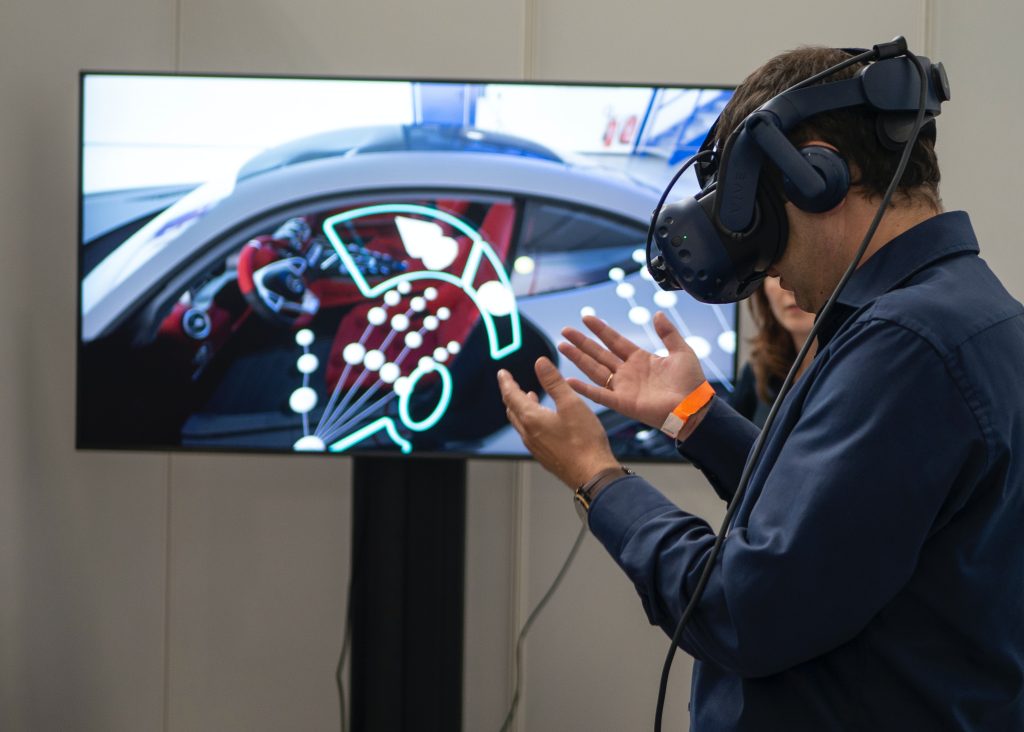
We have yet to explore the full potential of Augmented Reality, still, it has proved very promising. The future of AR is exciting. Although people are concerned about privacy with AR, the uses outnumber these issues vastly.

